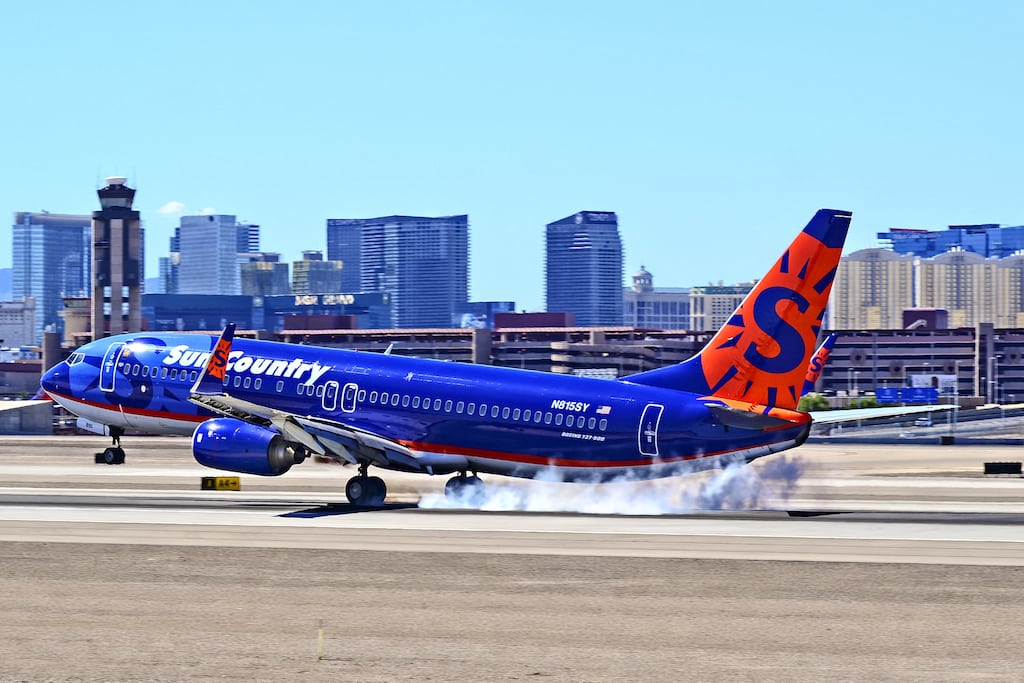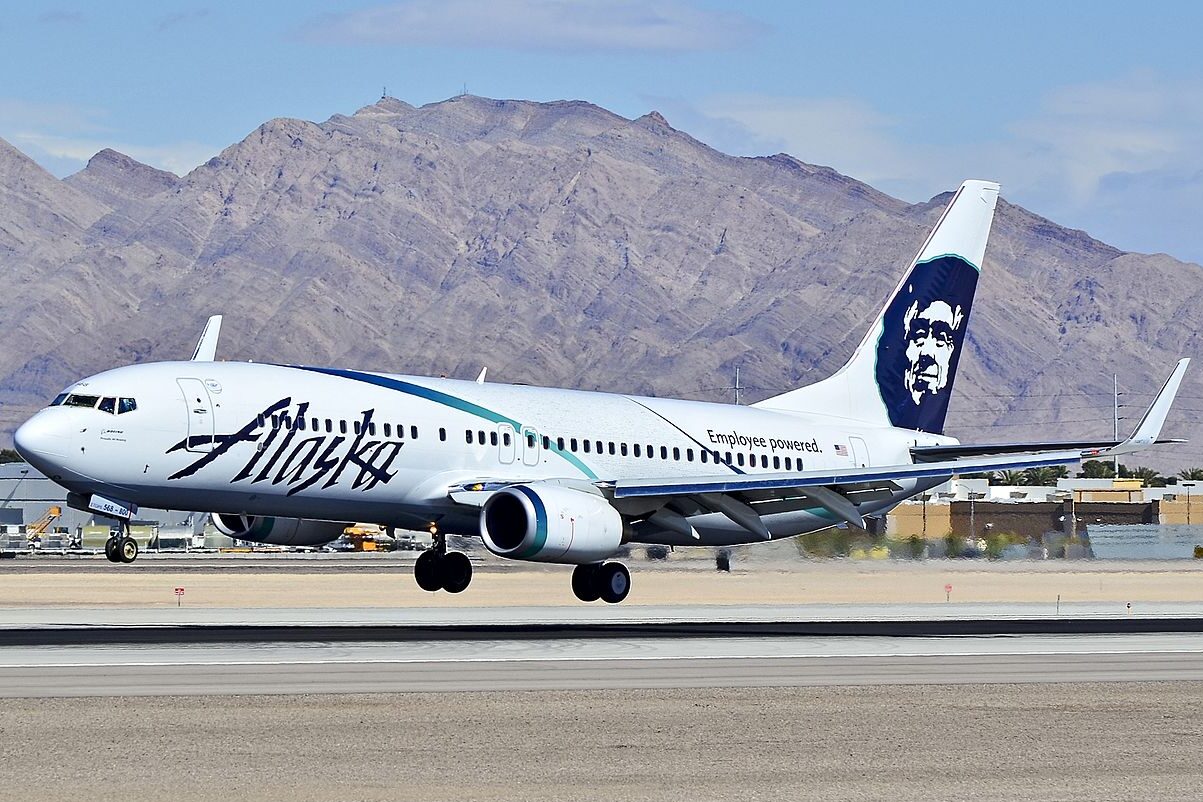Inside One of the Most Profitable U.S. Airlines You Haven’t Heard of

Skift Take
Surprisingly, since the pandemic, Delta Air Lines hasn’t always been the most profitable U.S. airline.
In fact, there’s an ultra-low-cost carrier that’s managed to make a healthy profit each quarter even as Spirit Airlines and Frontier Airlines falter. Enter Sun Country, an ultra-low-cost airline based out of Minneapolis.
Throughout 2023, Sun Country had an operating margin of 13%, the highest for an American carrier. Delta came in second at 11.6%.
During the second quarter, Sun Country saw its revenues shrink due to an overcapacity in domestic seating that has plagued much of the industry. Despite the underwhelming quarter, Sun Country was still the most profitable ultra-low-cost carrier in the country.
TD Cowen analyst Thomas Fitzgerald wrote in a note to investors August 5 that, “Sun Country has positioned itself well to navigate the headwinds facing leisure carriers in the US.”
In an environment that has largely benefitted premium and international travel, how has Sun Country managed to do so well?
A Niche Market in Minnesota
A major part of Sun Country’s success is in its Minnesota roots. The majority of its routes are based out of Minnesota, and the carrier has been able to develop a loyal following in the region.
Airline Weekly analyst Jay Shabat described Minnesota — and more specifically Minneapolis — as a solid market for Sun Country partly due to the presence of major corporations like United Healthcare and Target. The healthcare and food processing industries in particular have a large presence in Minneapolis.
"These are giant sectors that employ a lot of people," he said.
While airlines typically report stronger second and third quarters as customers book their summer vacations, Sun Country’s strength is in the winter. The ultra-low-cost carrier typically reports a much stronger first quarter with high demand for its routes in popular leisure destinations like Florida.
For example, during the first quarter this year, Sun Country reported a profit of $35 million, despite issues of domestic overcapacity and softened demand for budget products afflicting the market. Spirit and Frontier, on the other hand, had net losses of $142 million and $26 million, respectively, during the first quarter.
“During the winter months, you pretty much have, like, a bottomless pit of demand to any place where the sun is out,” Shabat said.
A Diversified Business Model with an Expansion Into Cargo
Another source of strength for Sun Country is its diversified business model — it’s not just a passenger airline. Sun Country’s cargo and charter businesses have also been a major boost for its bottom line.
The carrier’s charter business has been particularly popular with Las Vegas hotels. Caesars has signed a deal with Sun Country to operate charter flights for its members to its various properties. MGM Resorts also has a Sun Country charter partnership from markets like Cincinnati, Buffalo, Charlotte and Houston to Atlantic City.
Sun Country also has a cargo business that it expects to become a major revenue driver in the future. The airline inked a deal with Amazon Air in 2019 to operate a cargo fleet and the agreement was recently extended until 2030. The revised contract will now give Sun Country eight additional 737 freighters.
Through expanding its cargo fleet, Sun Country is expecting to see profit margins that are roughly equal to its passenger business, said chief financial officer Dave Davis during a call with analysts August 2.
Shabat also said Sun Country has the ability to schedule pilots for any of its cargo, charter or passenger services, which allows it to reduce costs and complexity.
“They can move pilots around— the same pilot is capable of flying a scheduled passenger flight, a charter flight or a cargo flight,” he said. “So it's a very flexible labor model.”
The ultra-low-cost carrier has also been known for its aggressive capacity adjustments. Shabat said it schedules routes in a very seasonal way. "For example, in the summer, Sun Country tends to have more routes out of Minneapolis to Las Vegas, San Francisco, Los Angeles, and Seattle. But in the winter, Sun Country slashes capacity to those cities and instead focuses on warmer destinations like Florida, Mexico and the Caribbean.
“It's a unique model,” Shabat said.
Watch Sun Country CEO Jude Bricker at the 2022 Skift Aviation Forum
Airlines Sector Stock Index Performance Year-to-Date
What am I looking at? The performance of airline sector stocks within the ST200. The index includes companies publicly traded across global markets including network carriers, low-cost carriers, and other related companies.
The Skift Travel 200 (ST200) combines the financial performance of nearly 200 travel companies worth more than a trillion dollars into a single number. See more airlines sector financial performance.





